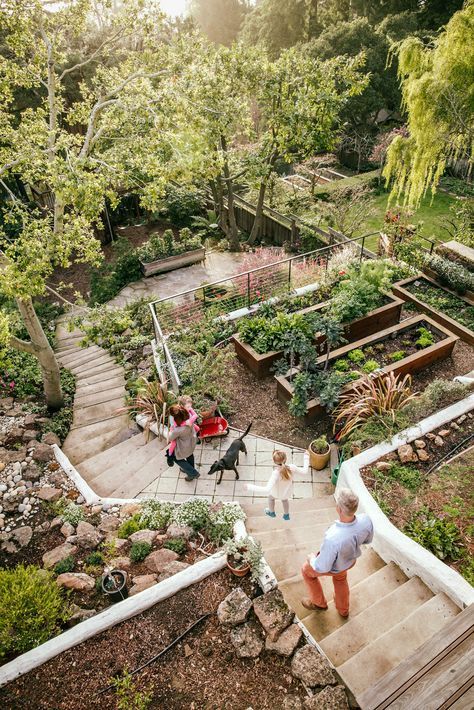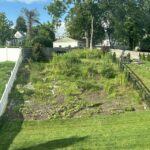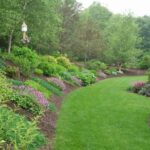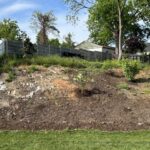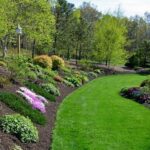Landscaping on a hill can be a challenging yet rewarding task for homeowners looking to enhance their outdoor space. With the right planning and techniques, it is possible to create a beautiful and functional landscape that not only adds visual appeal but also helps with erosion control and drainage issues.
One of the first steps in landscaping on a hill is to assess the slope and determine the best layout for the design. Consider the natural features of the land, such as existing trees, shrubs, and rocks, and work with the natural contours of the hill to create a cohesive and harmonious landscape. It is important to take into account the steepness of the slope and any potential issues with erosion or water runoff.
To prevent erosion and promote healthy plant growth, it is essential to use proper planting techniques on a hill. Planting a mix of groundcovers, shrubs, and trees can help stabilize the soil and prevent erosion, while also adding visual interest and texture to the landscape. Consider using plants with deep and extensive root systems that can help hold the soil in place and absorb excess water.
Incorporating retaining walls and terraces into the landscape design can also help to create level areas for planting and seating, while also providing structural support for the hillside. Retaining walls can be made from a variety of materials, such as stone, brick, or wood, and can help to define different areas of the landscape and add a sense of structure and balance to the overall design.
When landscaping on a hill, it is important to consider the maintenance requirements of the plants and materials used in the design. Choose low-maintenance plants that are well-suited to the specific growing conditions of the hill, and incorporate mulch and other ground covers to help retain moisture and reduce weed growth. Regular maintenance, such as pruning, watering, and fertilizing, will help to keep the landscape looking its best and prevent any issues with erosion or soil erosion.
Overall, landscaping on a hill can be a challenging but ultimately rewarding project for homeowners looking to create a beautiful and functional outdoor space. By carefully planning the layout, using proper planting techniques, and incorporating retaining walls and terraces, it is possible to create a landscape that not only enhances the natural beauty of the hill but also helps with erosion control and drainage. With the right tools and techniques, it is possible to transform a steep hillside into a stunning and sustainable landscape that can be enjoyed for years to come.
